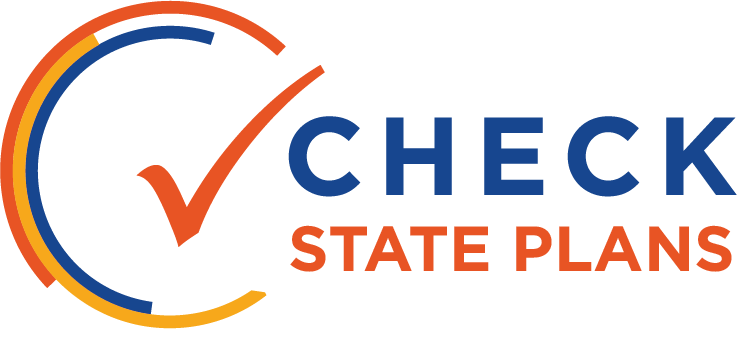Score:

Colorado’s support mechanisms for low-performing schools are relatively vague.
The state’s plan cites a host of possibilities (e.g., performance management tools, professional learning) and describes a resource list, but lacks details.
The one area the plan should be commended for is its focus on leadership as a target of school turnaround.
Additionally, Colorado does have an “Accountability Clock,” embedded in state law, but the plan does not make clear connections between possible interventions and what’s statutorily required.
Colorado’s plan does provide a description of the tiered system of performance management and technical assistance.
The plan lays out an ongoing process for matching 7 percent of its Title I funds dedicated for school-improvement activities using what is called a “needs-based approach.”
However, the goals outlined by the state appear to be in tension, specifically the intent of “incentivizing innovation” while “providing predictability” to school districts.
Given the importance of the former, a competitive allocation process aligned to the state’s long-term priorities would likely better serve the state’s aspirations.
The state’s plan could be improved if the state took advantage of the Direct Student Services opportunity and articulated how it intends to use those resources to provide greater access to advanced coursework for traditionally underperforming subgroups of students.


